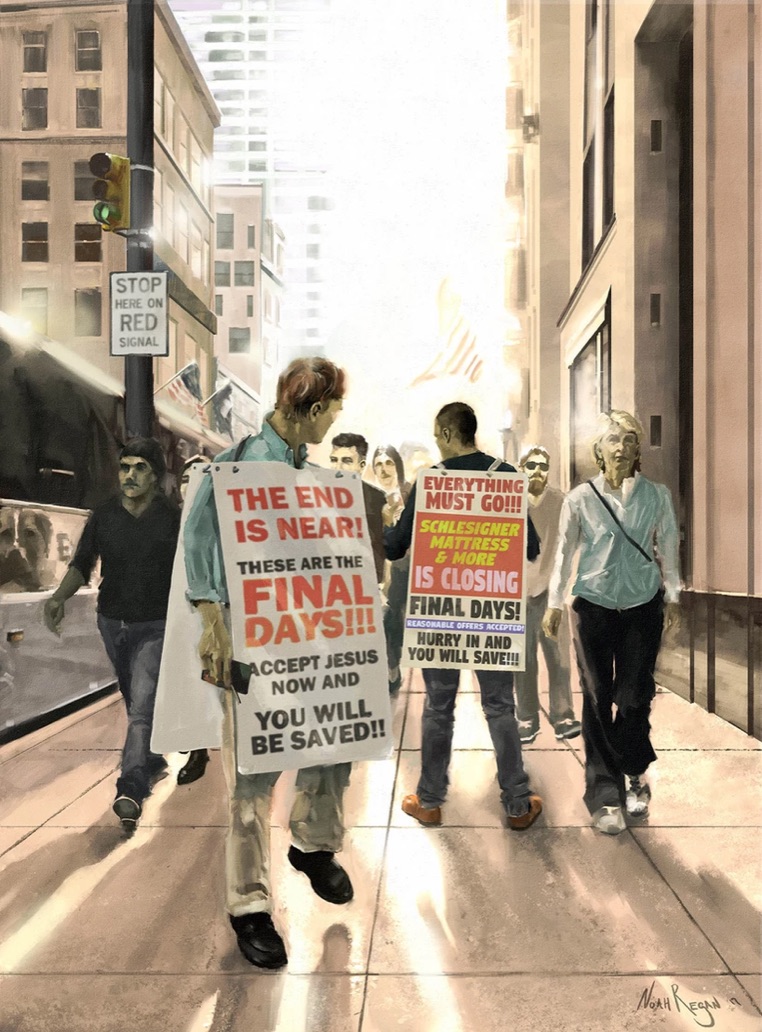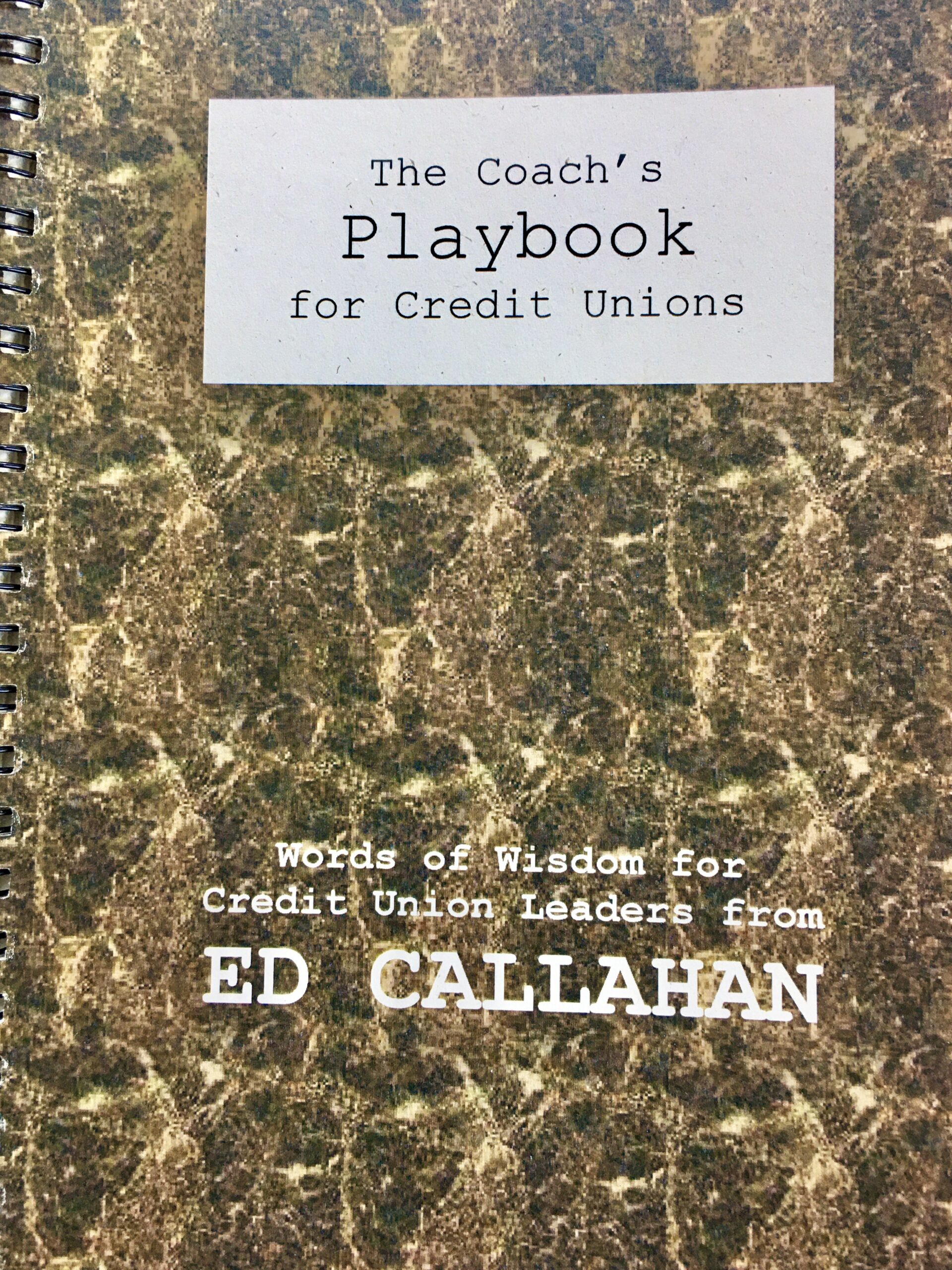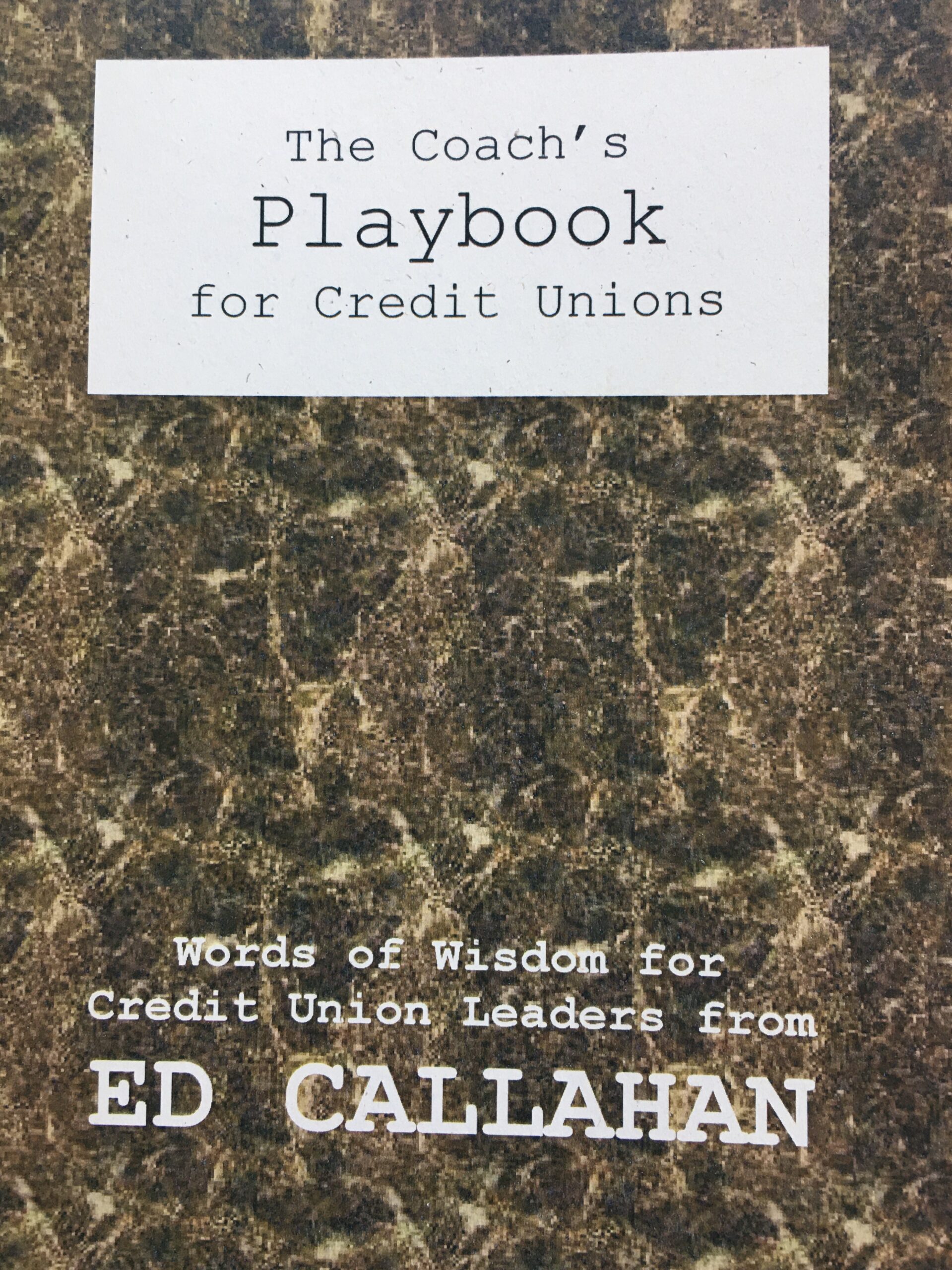Credit Union Times has been publishing multipart interviews with Tru Stage’s new CEO, Terrance Williams. He has a long resume, but is from outside the credit union industry.
He is not the only recent external CEO arrival. Another newcomer in a major credit union role is Beverly Anderson who became BECU’s new CEO in December 2022. Her professional resume is almost all in banking.
For “outsiders” onboarding is a critical leadership process for someone new to the cooperative system. Currently a major transition is underway at NCUA as new board member Tanya Otsuka will shortly succeed Rodney Hood’s whose term expired in August.
Similar to these new CEO’s, she has no direct experience with credit unions. Rather her background is mostly as an FDIC employee. While not CEO, she will have a significant responsibility in overseeing and managing NCUA’s priorities.
What Makes an Effective Executive Onboarding?
Both new credit union leaders above have been quite open with the press discussing their backgrounds and how they are making the transition to their new responsibilities.
Here is an excerpt from Tru Stage’sTerrence Williams on his leadership approach:
“I often talk about the fact that leaders who push change for change’s sake are likely to meet with doom or demise. Because I guess change for change’s sake is not something that’s worthwhile. But change to ensure that you are evolving to maintain relevance, to ensure that you are continuing to adapt to the ever-changing needs of members is really what’s paramount for us …
We have a lot of work ahead of us collectively to figure out how we ensure we create a level of relevance with the next generation of future members, and ensuring that we are designing processes and solutions and tools that align with their needs and how they wish to interact.”
Similarly BECU’s Beverly Anderson gave an extended CU Times interview describing her transition to becoming a first time coop CEO:
“What’s exciting about this role is, one I’m a first-time CEO, two I’m in the credit union movement for the first time, and three it’s my first time at BECU and here in the Pacific Northwest. . .
“The first six, seven months or so have really been about listening and learning. I did 30-plus deep dives with the organization, used that time to get to know the team and have them get to know me, and learned a lot about the business.
“The second thing I did was begin to understand the movement. It was very clear when I started using language like ‘profitability’ and ‘ROA,’ and people very quickly suggested I use some different language. It’s helped me to understand that the movement is in fact very, very different. Our return is around return to member, not necessarily return on assets, and that was a very big shift and pivot, but one that I quite relished.
“The third thing was getting to know my board – I have a new kind of boss and leader, a board. . .they are encouraging, engaging, experienced in their own right, and they have a lot of support and commitment for this organization.”
Important Steps in an NCUA Board Member’s Onboarding
Following are a number events that could mark NCUA board member Otsuka’s approach to her responsibilities. These cues will come from the statements and actions she takes in the initial days of her tenure. They include:
What is her understanding of the role of the credit union cooperative system? How does its purpose as a non-profit, tax-exempt, member-owned system fit with other financial options?
Who is on her team as advisors? What is their knowledge and experience with credit unions?
How does she learn about the credit union constituencies she is serving? Who does she see or visit on her first forays into the system?
What points of view does she bring to credit union issues? Does she ask for data, seek options, and/or reference experiences from prior responsibilities?
What is her view of an NCUA board member’s role? Is it a part-time or full-time job? An in-the-office or show-up-for-Board meetings responsibility? Is her focus on high level policy generalities or demonstrated interest in concrete operating outcomes and results?
Also, how transparent is she about the learning process that goes with any newly installed senior executive? Does she give unscripted interviews? Is she candid about her approach and areas for learning? Is she available or kept in situ by the agency?
The bottom line is whether Otsuka will become the Chairman’s doppelgänger in her board role? Or, as an outsider with a new generation’s vision, bring fresh hope and enthusiasm to the credit union system?
When one reads the interviews of Terrance Williams of Tru Stage and Beverly Anderson at BECU there is a sense of confidence, commitment, and positive leadership energy.
That is what one would hope for in any NCUA board member, but especially at this juncture of credit union opportunity and challenges and NCUA’s peripherality.



